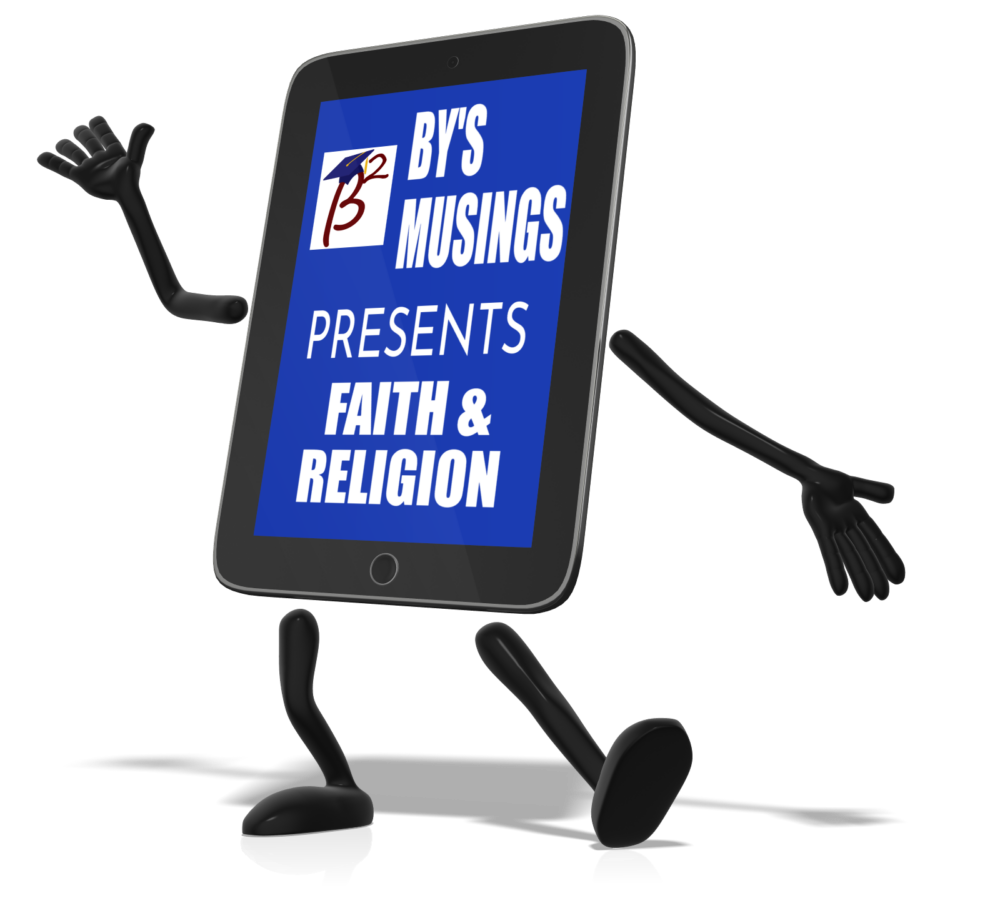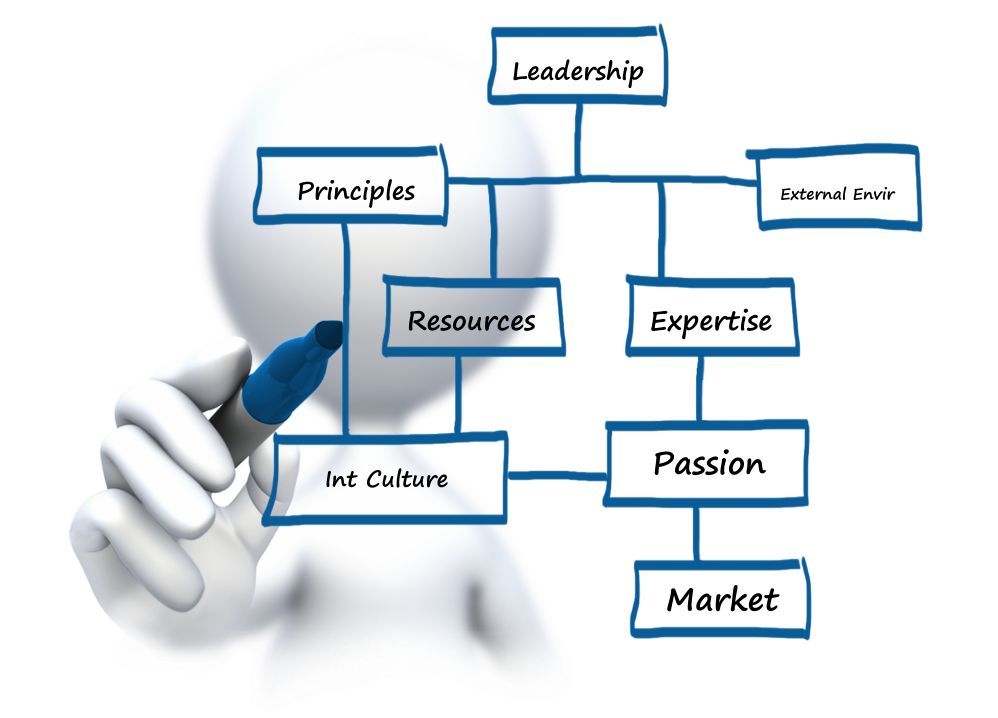We don’t know how precarious the human condition is until we fall into its grasp. Last week I wrote a short post indicating that I was taking a short medical timeout to recover my senses and find my way back into the flow of work that I had outlined for myself.
I didn’t know how far I was out of it until this morning when I discovered that I never published that post. This has helped me come to the conclusion that I must follow my medical team’s advice to shut down all mental and physical activity for at least six weeks. This break is designed to allow all my medical systems an opportunity to heal and renew themselves.
Thus for the next six weeks, I will refrain from any new postings on By’s Musings, and I will also take a lower profile on facebook and twitter. I trust that you will remember me in your thoughts and prayers during this time. I will be back in touch with you in December. Happy Thanksgiving and Merry Christmas.































